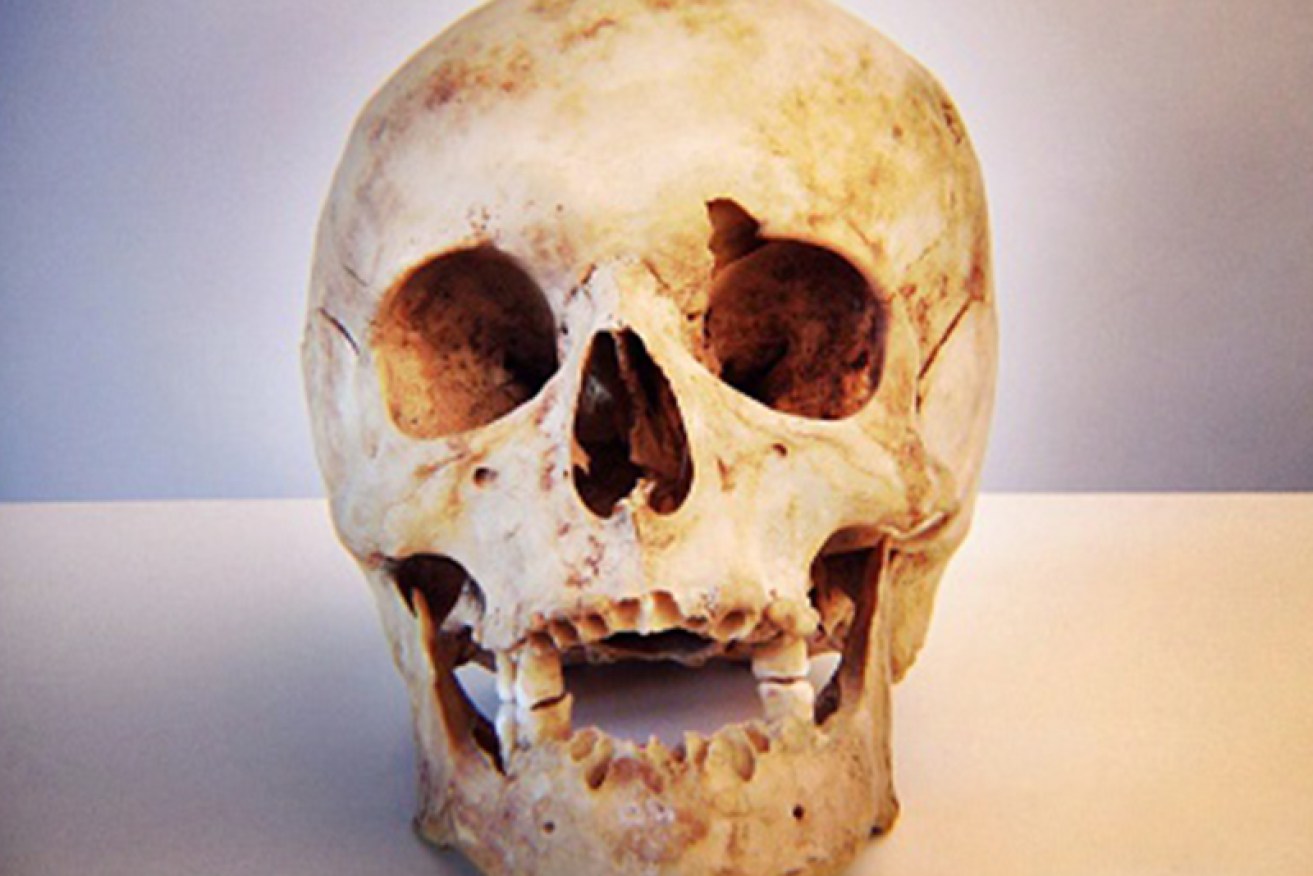Ancient ‘hobbit’ humans evolved into new species

Ancient tiny people whose remains were discovered on the Indonesian island of Flores evolved from large-bodied Homo erectus individuals from Asia, according to the first ever comprehensive analysis of their teeth.
The study suggests Homo floresiensis, aka ‘the hobbit’, shrank due to what is known as “insular dwarfism” or “the island effect”, which happens when a population evolves in a limited-range environment where fewer resources and smaller territories are the norm.

The ancient human’s teeth were part primitive and part modern. Photo: Getty
It is even possible that there is a little bit of hobbit among today’s human populations.
• Racism row sparked over new human species
• New species of human relative uncovered
• Ancient DNA link connects Australians, South Americans
“Early modern humans could have intermixed (interbred) with Asian Homo erectus at a small scale,” said project leader Associate Professor Yousuke Kaifu, of the National Museum of Nature and Science in Tokyo.
For the study, published in PLOS ONE, Dr Kaifu and his colleagues compared Homo floresiensis teeth with those of 490 Homo sapiens individuals, as well as those from various ancient and now-extinct humans.
The results showed that the ancient human’s teeth were part primitive and part modern.
The teeth were certainly not equivalent to those of our species, which negates the theory that hobbits were somehow deformed modern humans and not a new species. The teeth were also not equivalent to those of very early humans like Australopithecus and Homo habilis.
Instead, there appears to have been a hobbit-related lineage of humans, distinct from those in Africa, which evolved in Asia and spread to other regions. Other classic members of Asian Homo erectus are known by the names Java Man and Peking Man.
The hobbit’s teeth and skull were most similar to those of Java Man, according to the researchers. What is extraordinary is that this means hobbits, over a relatively short period of time, shrank in stature from about 1.5 metres tall to just over a metre, while their brains more than halved in size, going from about 820 grams to just over 390 grams.
Many questions remain about the enigmatic ‘hobbit’
The hobbits were around for quite a while, too.
“There are stone tools as old as one million years ago on Flores,” said Dr Kaifu, adding that further analysis of them could shed more light on when the ‘hobbits’ first arrived on the island.
It is believed that the hobbits went extinct around 13,000 years ago, but their fate is as mysterious as that of Neanderthals.

The fate of the hobbit species is shrouded in mystery. Photo: Yousuke Kaifu/ABC
“I think it is quite possible that they met with early modern humans, who expanded from Africa into Australia around 50,000 years ago,” said Dr Kaifu.
What happened at that point, however, remains unclear. Did our species wipe out the hobbits, through genocide or disease, or did they make love instead of war, so that their genome was simply absorbed into the much larger Homo sapiens population?
Future research could answer those questions.
In the meantime, other researchers continue to puzzle over the hobbits and these latest discoveries.
Dr María Martinón-Torres, a University College London anthropologist, remains perplexed by the ancient humans’ teeth. Their canines have an asymmetrical shape when viewed from the outside, while their molars are relatively short and only have four cusps. Those of most primitive humans had five.
Hobbits “are really different to anything I have studied before”, said Dr Martinón-Torres. “I agree that they cannot be seen as simply a scaled-down version of earlier hominins (humans).”
This story was first published on Discovery.com
-ABC







